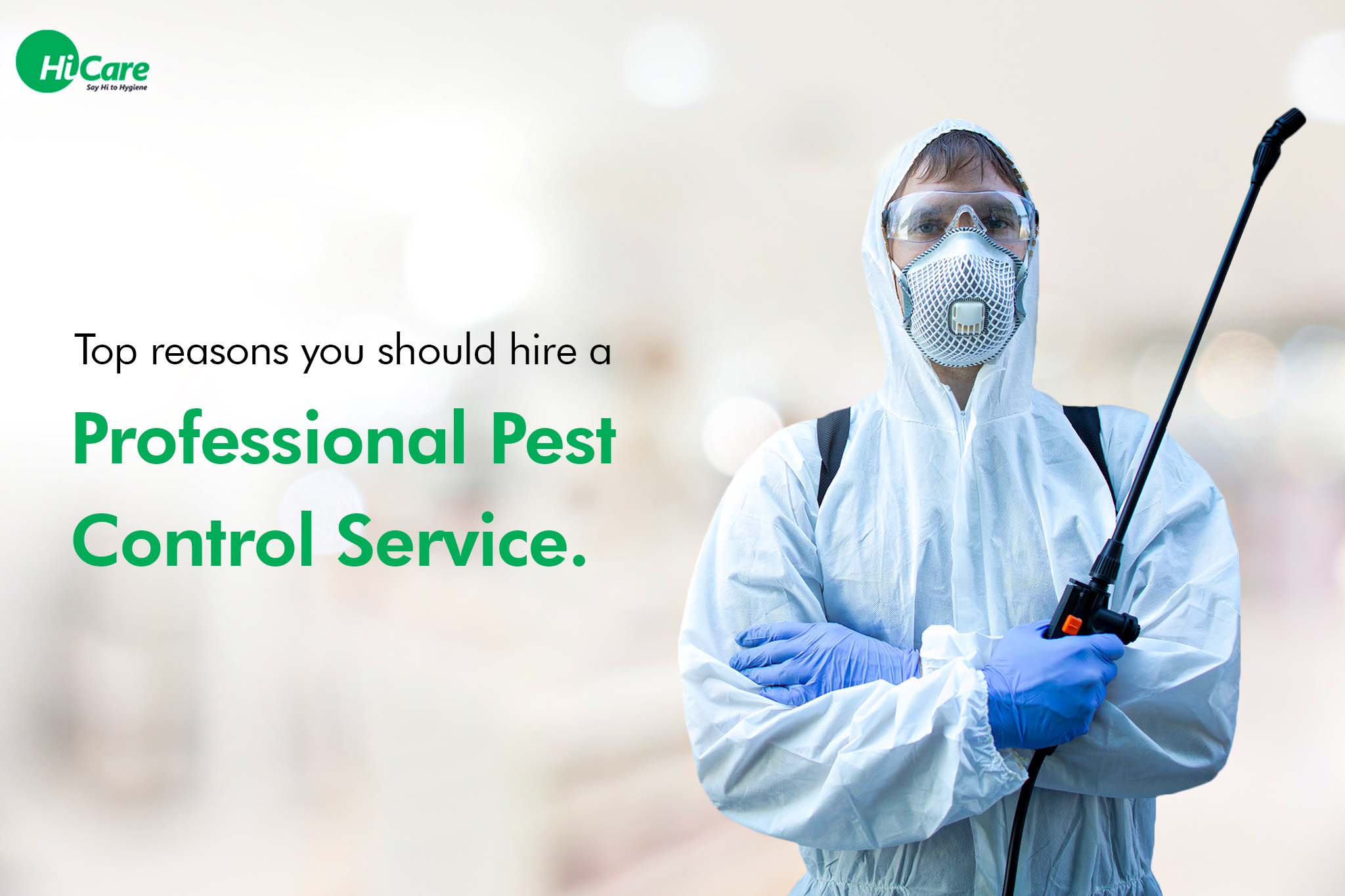Bed Pest Treatment Break Down: Comparing Chemical Vs. Non-Chemical Solutions
In the realm of pest control, specifically when managing the relentless issue of bed insects, the option between chemical and non-chemical therapy remedies can be a critical one. Both approaches provide unique benefits and downsides, affecting elements such as efficiency, safety considerations, and general expense. By analyzing the nuanced details of each technique, a clearer understanding of which path to seek in dealing with a bed insect infestation can be achieved.
Performance of Chemical Treatments
Chemical therapies for bed bug invasions have been commonly recognized for their potent and fast effectiveness in getting rid of these pests. When considering the performance of chemical treatments, it is crucial to understand that they can supply a thorough and fast remedy to a bed insect trouble.
Additionally, chemical treatments have the benefit of offering recurring effects, indicating that they can continue to get rid of bed bugs even after the first application. This residual activity is particularly valuable in combating any type of possible re-infestations. Additionally, the quick action of chemical therapies can bring relief to individuals encountering serious bed pest invasions, allowing them to gain back control of their home swiftly.
Safety Interest In Chemical Solutions
One crucial facet that needs mindful factor to consider when using chemical services for bed bug therapy is guaranteeing the safety of occupants and the setting. Exposure to specific chemicals used in bed pest treatments can lead to respiratory system problems, skin irritability, or various other adverse responses, especially in individuals with pre-existing problems or sensitivities.
Moreover, the environmental influence of chemical solutions is one more substantial consideration. Some chemicals made use of in bed bug treatments might be unsafe to useful pests, wildlife, and environments if they leach into the dirt or water supply. It is necessary to make use of chemical treatments carefully, adhering to safety and security guidelines, and thinking about much less toxic options to reduce these threats and ensure the efficient and secure administration of bed insect problems.
Advantages of Non-Chemical Approaches
Taking into consideration the potential safety issues and environmental impact related to chemical remedies for bed bug therapy, exploring non-chemical approaches provides an appealing option with a number of unique benefits. Non-chemical approaches supply a more secure alternative for families, specifically those with pet dogs, people, or children delicate to extreme chemicals. These techniques get rid of the threats of direct exposure to hazardous compounds, decreasing the potential for unfavorable wellness impacts. Furthermore, non-chemical therapies are eco-friendly, as they do not contribute to air or water air pollution, making them a sustainable option for insect control.
Furthermore, non-chemical remedies can be effective in targeting bed bugs, consisting of hard-to-reach locations where chemical therapies may not penetrate. Techniques such as heat therapy, vacuuming, steam cleansing, and bed mattress coverings offer complete removal without the use of dangerous chemicals. Moreover, non-chemical techniques can be less turbulent, needing marginal preparation and permitting quicker reentry right into treated areas. On the whole, going with non-chemical bed insect therapy methods not just focuses on safety and security and environmental management however additionally guarantees reliable and comprehensive pest control.
Limitations of Non-Chemical Treatments

Furthermore, non-chemical therapies frequently need multiple applications to accomplish successful obliteration. This can be time-consuming and may not constantly ensure total removal pest control needed of all bed insects and their eggs, especially in hard-to-reach or covert places.
Moreover, the success of non-chemical therapies greatly relies on appropriate application and thoroughness, which can be testing for individuals without expert competence. Inadequate application of non-chemical techniques might result in insufficient removal, leading to relentless infestations and the requirement for added therapies.
Therefore, while non-chemical therapies have their advantages, it is vital to recognize these restrictions and consider them when establishing the most efficient approach for handling bed pest invasions.
Price Comparison: Chemical Vs. Non-Chemical Options
Given the restrictions associated with non-chemical therapies, an essential facet to examine in the context of bed insect monitoring is the price contrast between chemical and non-chemical options. Chemical therapies commonly entail the application of pesticides by specialists, which can range from $250 to $900 per room, depending upon the seriousness of the infestation and the size of the location to be treated. In contrast, non-chemical treatments like warmth treatment or steam can be more pricey, with expenses ranging from $1,000 to $6,000 for a whole home. While the first expense of chemical therapies might seem reduced, multiple therapies may be required to totally remove the invasion, possibly boosting the total price. On the other hand, non-chemical alternatives may provide an extra lasting and pest control address environmentally friendly solution, although they can be cost-prohibitive for some people. Ultimately, when considering the cost of bed pest treatment options, it is necessary to consider the in advance expenses against the performance and long-lasting sustainability of the selected technique.
Final Thought

Considering the possible security concerns and ecological effect connected with chemical services for bed bug treatment, exploring non-chemical methods offers a promising option with a number of unique advantages.Offered the limitations associated with non-chemical therapies, an essential aspect to examine in the context of bed bug monitoring is the cost contrast in between chemical and non-chemical alternatives. In comparison, non-chemical therapies like warmth therapy or vapor can be a lot more costly, with expenses ranging from $1,000 to $6,000 for an entire home. While the preliminary expense of chemical therapies may seem have a peek at this site lower, several treatments may be required to fully eliminate the invasion, possibly boosting the total expense.In verdict, when contrasting chemical and non-chemical bed insect treatment options, it is crucial to consider effectiveness, safety and security, advantages, constraints, and price.